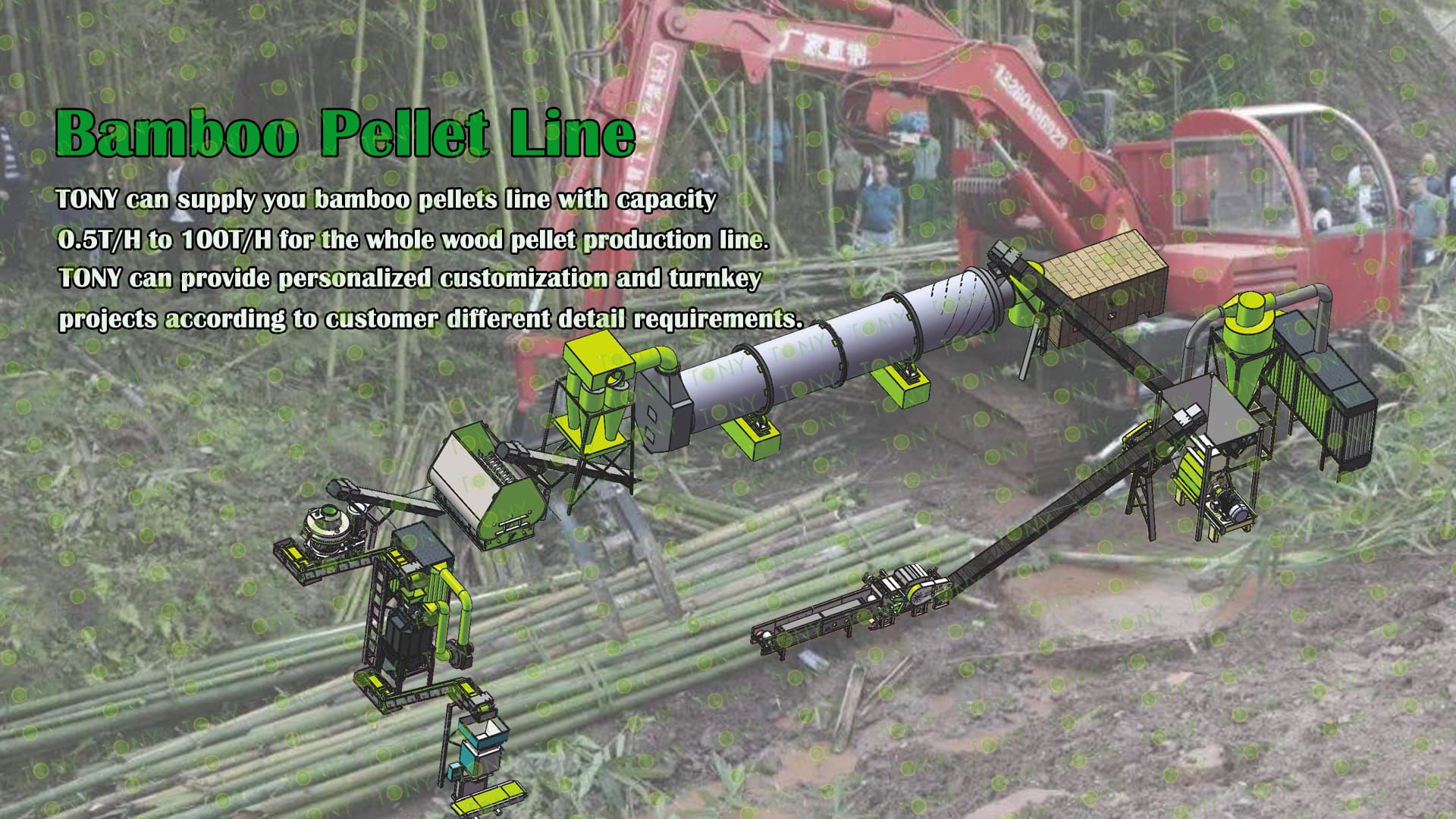
TONY Design 3-3.5Ton/Hour Bamboo Production Line Specification

The biomass bamboo pellet production line technology is becoming more and more mature, and pellet fuel has entered the stage of industrial production and application.
Bamboo pellet production line is a good project for low-risk investment and entrepreneurship in many foreign countries. The investment can be large or small. It is suitable for both family workshops with low starting point and large-scale assembly lines. Can be customized according to customer needs.
Raw materials can be sourced locally according to customer conditions, and investors can produce qualified products as long as they follow the operating procedures. The product has high return on investment and broad application prospect. Especially for those owners with large bamboo forests, raw materials have no cost, and closed-loop production from raw materials to finished products can be achieved.
Biomass bamboo pellet production line can not only meet the huge demand for clean energy in ordinary families, but also apply to industrial energy. Large-scale production can also apply for state subsidies, which is the direction advocated by industrial policies in many countries.

The output of bamboo bio-granules varies depending on the type of raw materials, processing equipment and process. Generally speaking, one ton of bamboo can produce about 0.6 to 0.8 tons of bamboo powder particles, depending on the dry and wet moisture content of bamboo.
In the wave of sustainable development, biomass energy, as a green and environmentally friendly form of energy, is receiving more and more attention. Among them, bamboo, as a plant resource with rapid growth and strong regeneration ability, has become one of the important raw materials for biomass pellet production. So, what is the impact of bamboo, a specific raw material, on the processing of biomass pellets?
1. The Impact Of Raw Material Differences On Output
First, factors such as the type, growth age and harvesting season of bamboo will affect its quality as a raw material, and then affect the output of bio-granules. Generally speaking, bamboo with a moderate growth age and tough texture is more suitable for the production of bio-granules, and its output rate is relatively high. The choice of harvesting season is also crucial. The moisture content and cellulose content of bamboo in different seasons are different, which will directly affect the subsequent processing efficiency and output.
2. The Impact Of Processing Equipment And Technology
Secondly, the choice of processing equipment and technology plays a decisive role in the output of bio-granules. Modern biomass pellet production lines are usually equipped with efficient crushing, drying, pressing and other equipment, which can significantly improve the utilization rate of raw materials and the output of products. In addition, reasonable process settings and parameter adjustments are also the key to ensuring output. For example, appropriate drying temperature and time can reduce the moisture content in the raw materials and improve the forming rate and density of the pellets; while appropriate pressing pressure and speed can ensure the uniformity and stability of the pellets.
3. Output Range And Economic Benefit Analysis
Taking the above factors into consideration, the output of bamboo biomass pellets is roughly between 0.6 and 0.8 tons (calculated based on one ton of bamboo as raw material). Of course, this is only a rough range, and the actual output will be affected by specific conditions. Nevertheless, bamboo has significant economic advantages as a raw material for biomass pellets. On the one hand, bamboo has a fast growth rate and strong reproductive ability, and can provide a large amount of raw materials in a short time; on the other hand, bamboo biomass pellets have the characteristics of high calorific value and low pollution, which meets the needs of modern energy development.
Therefore, for biomass pellet production enterprises, choosing bamboo as raw material can not only ensure a stable supply of raw materials and product quality, but also obtain good economic and social benefits. Of course, in the actual production process, it is necessary to continuously optimize the process and equipment configuration to increase output and reduce costs.

The economic benefits of bamboo pellets are significant. After bamboo is pressed into pellets, as a biomass fuel, its economic benefits are mainly reflected in the following aspects:
1.Market Demand And Supply
Market demand growth: With the country's policy advocacy and industrial support for green and environmentally friendly energy, the market demand for bamboo pellet fuel is gradually increasing. According to data, the current market demand for bamboo pellet fuel has reached millions of tons, while the supply accounts for only a small proportion of the national bamboo production. The contradiction between market supply and demand is more prominent, indicating that the future market potential is huge.
2.Cost Advantage
Low raw material cost: Bamboo as a raw material has a relatively low price, a short growth cycle, and strong renewability, which helps to reduce the cost of raw materials.
Low processing cost: The processing cost of bamboo biomass pellet fuel is relatively low, mainly due to its simple production process and efficient equipment utilization.
3.Economic Benefit Analysis
High value-added products: Bamboo pellet fuel has high calorific value, high utilization rate, no smoke and dust when burning, energy saving and environmental protection, so it has high added value and can bring considerable sales revenue.
4.Diversified Applications
Bamboo pellet fuel can not only be used for home heating, industrial boilers and other fields, but also as an alternative energy source for chemical, tea frying and other industries, which broadens the scope of market application.
Environmental protection and social benefits
5.Environmental Benefits
The use of bamboo pellet fuel helps to reduce fossil fuel consumption and environmental pollution, which is in line with the current trend of green development in society.
6.Social Benefits
The development of the bamboo industry can also drive the local economy, increase employment opportunities, promote farmers' income, and achieve a double harvest of economic and social effects.
In summary, bamboo has significant economic benefits after being pressed into pellets, which not only meets the market demand for green and environmentally friendly energy, but also brings considerable income and profit growth to enterprises.

After bamboo is pressed into pellets, as a biomass fuel, its economic benefits are mainly reflected in the following aspects:
Market Demand And Supply
Market demand growth: With the country's policy advocacy and industrial support for green and environmentally friendly energy, the market demand for bamboo pellet fuel is gradually increasing. According to data, the current market demand for bamboo pellet fuel has reached millions of tons, while the supply accounts for only a small proportion of the national bamboo production. The contradiction between market supply and demand is more prominent, indicating that the future market potential is huge.
Cost Advantage
Low raw material cost: As a raw material, bamboo has a relatively low price, a short growth cycle, and strong renewability, which helps to reduce the cost of raw materials.
Low processing cost: The processing cost of bamboo biomass pellet fuel is relatively low, mainly due to its simple production process and efficient equipment utilization.
Economic Benefit Analysis
High value-added products: Bamboo pellet fuel has high calorific value, high utilization rate, no smoke and dust when burning, energy saving and environmental protection, so it has high added value and can bring considerable sales revenue.
Diversified applications: Bamboo pellet fuel can not only be used in home heating, industrial boilers and other fields, but also as an alternative energy source in the chemical, tea-frying and other industries, broadening the scope of market application.
Environmental Protection And Social Benefits
Environmental Benefits: The use of bamboo pellet fuel helps to reduce fossil fuel consumption and environmental pollution, which is in line with the current trend of green development in society.
Social Benefits: The development of the bamboo industry can also drive the local economy, increase employment opportunities, promote farmers' income, and achieve a double harvest of economic and social effects.
In summary, bamboo has significant economic benefits after being pressed into pellets, which not only meets the market demand for green and environmentally friendly energy, but also brings considerable income and profit growth to enterprises.

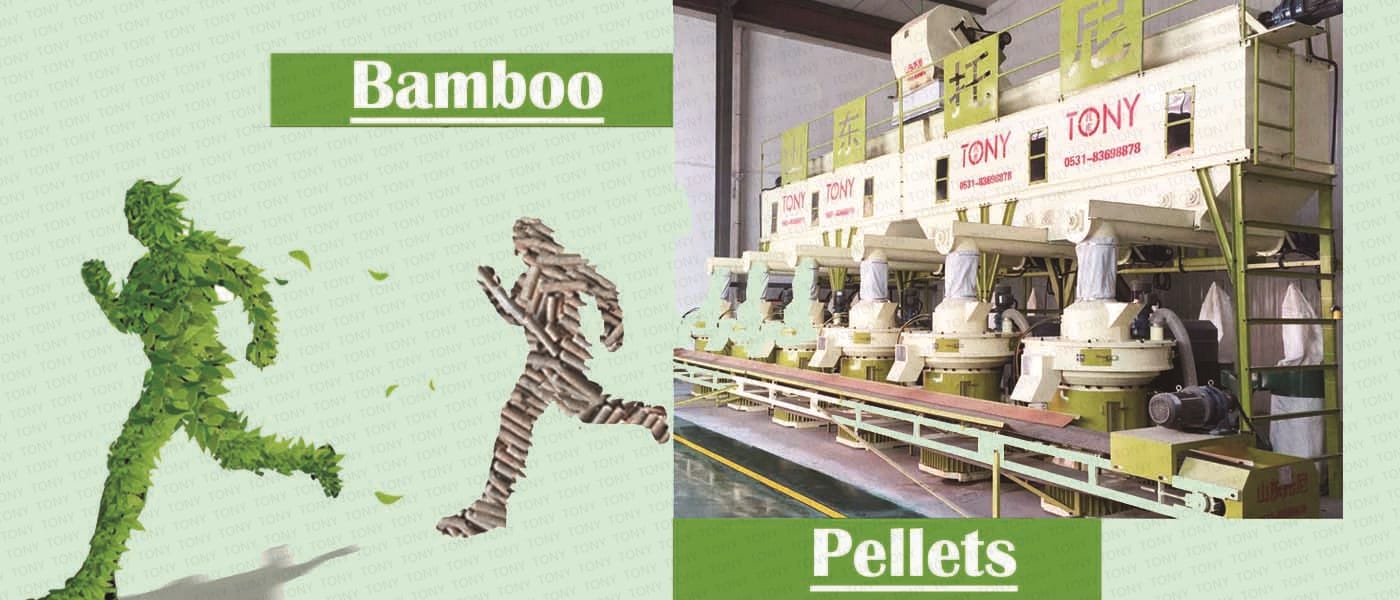
1. Working Principle Of Bamboo Biomass Pellet Processing Equipment
Bamboo biomass pellet processing equipment is a processing equipment that cuts and compresses bamboo and other biomass raw materials into granular fuel. Its working principle is to crush the bamboo raw materials through pre-equipment such as a cutting machine, mix them with auxiliary materials such as lignin, and then compress them through a pellet machine to finally make granular biomass fuel that meets quality standards.
2. Characteristics Of Bamboo Biomass Pellet Processing Equipment
1). Bamboo biomass pellet processing equipment has the characteristics of high efficiency and low energy consumption. It can quickly process biomass raw materials into fuel pellets, which improves production efficiency.
2). The pellet machine has molds of various specifications, and can select corresponding molds for processing according to different biomass raw materials, which improves the adaptability of processing.
3). The equipment for processing biomass pellets has the characteristics of high automation and good safety, which effectively reduces labor intensity and improves production efficiency.
4). The granular biomass fuel processed by the bamboo biomass pellet processing equipment has stable quality and specifications, which meets the production standard requirements.
3. Application Scenarios Of Bamboo Biomass Pellet Processing Equipment
Bamboo biomass pellet processing equipment can process bamboo and other biomass raw materials into pellet fuel, which is widely used in many fields such as home heating, agricultural production, and industrial production. Specific application scenarios include:
1). Home heating: Processing bamboo and other biomass raw materials into pellet fuel can be used in home fireplaces, water heaters and other heating equipment, which improves the convenience of life.
2). Agricultural production: Bamboo biomass pellet fuel can be used as feed material to improve the efficiency of livestock and poultry breeding.
3). Industrial production: Bamboo biomass pellet fuel can be used as fuel for industrial equipment such as boilers and generators, which improves the economic benefits of industrial production.
In summary, bamboo biomass pellet processing equipment has a wide range of application prospects and is of great significance in the fields of home, agriculture and industrial production.

TONY Brand 3-3.5Ton/Hour Bamboo pellet manufacturing plant can process bamboo materials with nails as raw materials, and solidifies them into high-density wood pellet fuels through pre-treatment and processing , is an ideal fuel to replace coal and oil, which can save energy and reduce emissions.Now it is widely used by those customers who has bamboo.
1.Capacity: 3-3.5Ton/Hour
2.Raw materials: Bamboo.
3.Moisture:Wet type ,about 40-55%.
4.Application: Bamboo Raw Materials With Wet And Dried Type.
Suitable customers: Bamboo Farmer, large furniture factories, wood processing factories,rubber forest factory owner,contracting deforestation parties,private grower and other customers who have advantages in wood palelts with nails raw materials.
5.Finished Pellets Markets:Large power plants (domestic customers, as well as Japan and South Korea, mainly South Korea more), domestic heating, industrial heating, combustion heat, heating heating, boiler room, school canteen, foundry heat source.

1.Project Name:Bamboo Pellet Line
2.Raw Materisl: Bamboo
3.Moisture Of Raw Material: Wet Type 45-55%
4.Capacity:3-3.5Ton/Hour
5.Process:Chipping Process→Crushing Process→Drying Process→Mixing Process→Pelleting Process→Cooling Process→Packing Process.
6.Main Machine: TONY Comprehensive Chipper,Hammer Mill, Rotary Drum Dryer,TONY TMR Mixer,TONY Pellet MachineTYJ760-III-200KW,Pellets Cooler,Packing Machine And Belt Conveyors.
7.Total Power: About 442KW
8.Need Area: About 550㎡
9.Project Country: Malaysia
10.Voltage:380V,50HZ


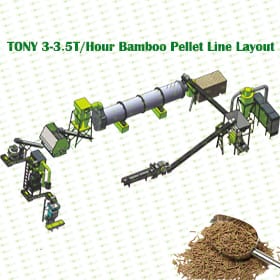 |
Project Layout For Customer |
|
Project Brief Introduction: 1.Product:Bamboo Pellet Line 2.Capacity:3-3.5T/Hour 3.TONY Brand 3-3.5Ton/Hour Bamboo Pellet Line Project Process 4:Main Machine: Comprehensive Chipper,Hammer Mill, Rotary Drum Dryer,TONY TMR Mixer,TONY Pellet MachineTYJ760-III-200KW,Pellets Cooler,Packing Machine And Belt Conveyors 5.Total Power: About 442KW 6.Need Area: About 550㎡ 7.Country:Malaysia |


|
How to use TONY pellet line to proceed from bamboo into pellets? It mainly contains the following steps and machines as following: 1.To Use TONY Comprehensive Chipper To Grind Bamboo With Diamater under 25cm Into 30-40mm Bamboo Chips. 2.To Use TONY Hammer Mill To Crush 30-40mm Bamboo Chips Into 8-14mm Sawdust. 3.To Use TONY Single Layer Rotary Drum Dryer To Dry The 45-55% Sawdust Into 10-15% Sawdust. 4.To Use TONY TMR Mixer To Mix Sawdust And Bamboo Sawudst Together. 5.To Use TONY Vertical Ring Die Pellet Machine To Products Pellets With φ6-8mm. 6.To Use TONY Galvanized Cooler To Cool Pellets From 80-90℃ to 20-30℃. 7.To Use TONY Semi-Auto Packing Machine To Packing Pellets To 15-50KG/Bags. You can contact TONY to get for more details information and quotation. |
|
|||||||||||||||||||||||||||||||||||||||||||||||||||||||
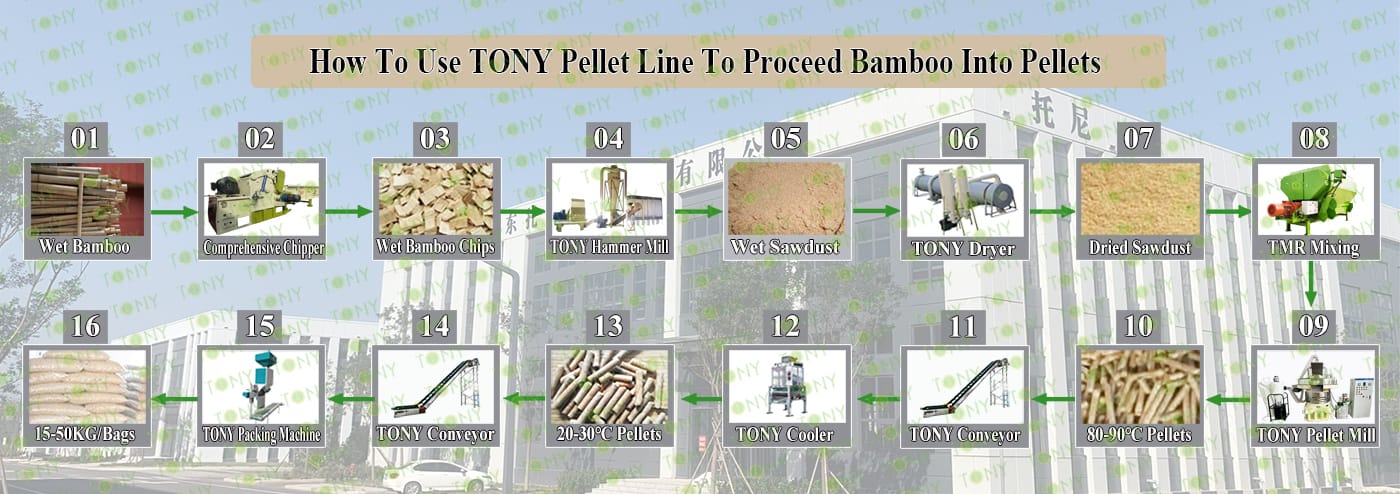

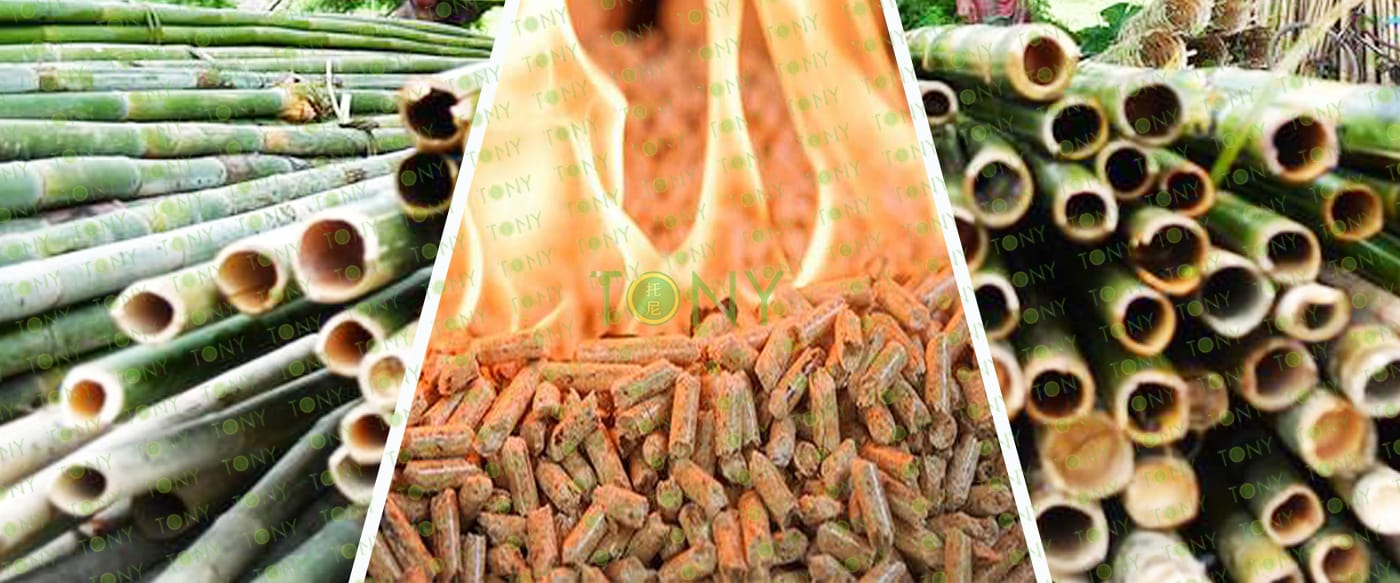

Following TONY Will Introduce For You For All The Necessary Machinery That Will Be Used For The Whole Pellet Production Line. Some machines can be custom made by customer according to different customer's detailed demand.Contact TONY for more details with quotation and layout.
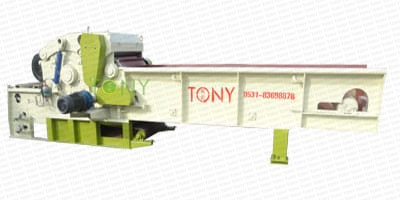 |
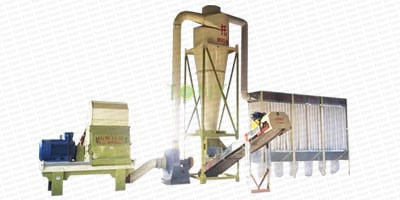 |
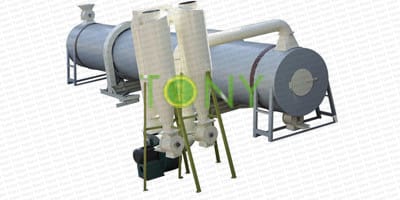 |
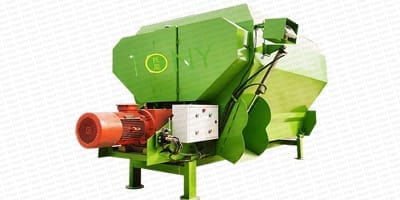 |
| Comprehensive Chipper | High Effective Hammer Mill | Rotary Drum Dryer | TONY TMR Mixer |
|
1.To Grind Bamboo Diamater <25cm Into 30-40mm Wood Chips. 2.Model: TPC1000-90KW-6 Baldes. 3.Capacity:4-9Ton/Hour. |
1.Crush 30-40mm Wood Chips Into 8-14mm Sawdust. 2.Model: TFD65-100-90KW 3.Capacity:3-3.5Ton/Hour/Set |
1.To Dry The 45-55% Sawdust Into 10-15% Sawdust. 2.Model: THGD2.2*12 3.Capacity:3-3.5Ton/Hour/Set |
1.To Mix Bamboo Sawdsut +Customer Sawdust. 2.Model: TMR-7 3.Capacity:3-3.5Ton/Hour/Set |
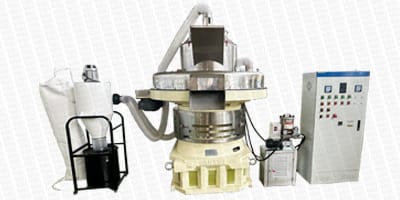 |
 |
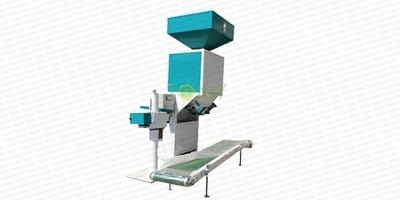 |
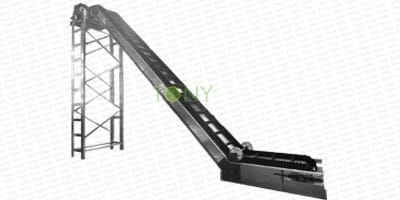 |
| Vertical Ring Die Sawdust Pellet Machine | Cooler Separator | Semi- Auto Packing Machine |
Belt Conveyor |
|
1.Model: TYJ760-III-200KW 2.Capacity:3-3.5Ton/Hour/Set 3.New 304SS Type |
1.To Cool Pellets From 80-90℃ to 20-30℃ 2.Model:TCN-2.5 3.Capacity:3-3.5Ton/Hour |
1.Packing Pellets To 15-50KG/Bags. 2.Model:TBF-50 3.Capacity:3-3.5Ton/Hour |
1.Transport Wood Chips,Sawdust,Pellets. 2.Width: 60cm *5 Sets 3.Capacity:Designed With The Whole Line |

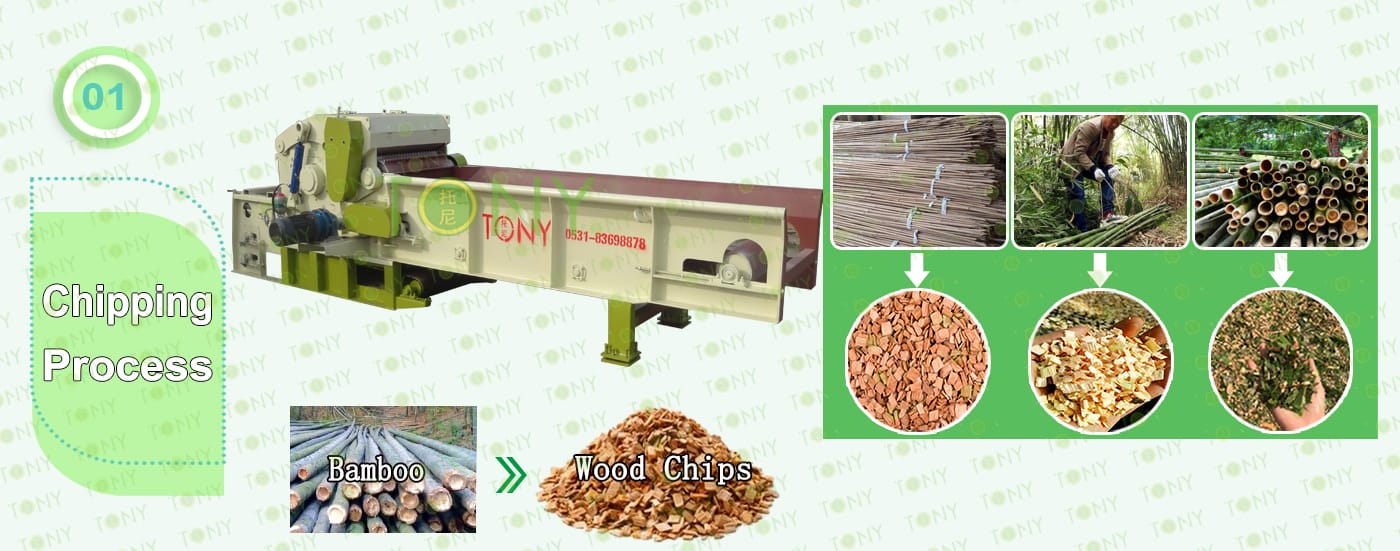
|
1.Chipping Process: A.This process is mainly used to grind the bamboo whose diamater is under 25cm with nails into wood chips with size 25-35mm. The finish wood chips size can be adjustable by changing different sizes of screeners and adding flying knives inside the wood chipper. B.This customer use TONY Brand TPC1000-90KW model with 6 flying baldes type: Main Parts: 1).TONY's new Comprehensive Wood Chipper. 2). Feed and unload belt frequency control to prevent card material 3). Hydraulic system control for more thickness of raw materials 4). Electronic control system allows the equipment to be used normally 5).Contact TONY for more details with quotation. |

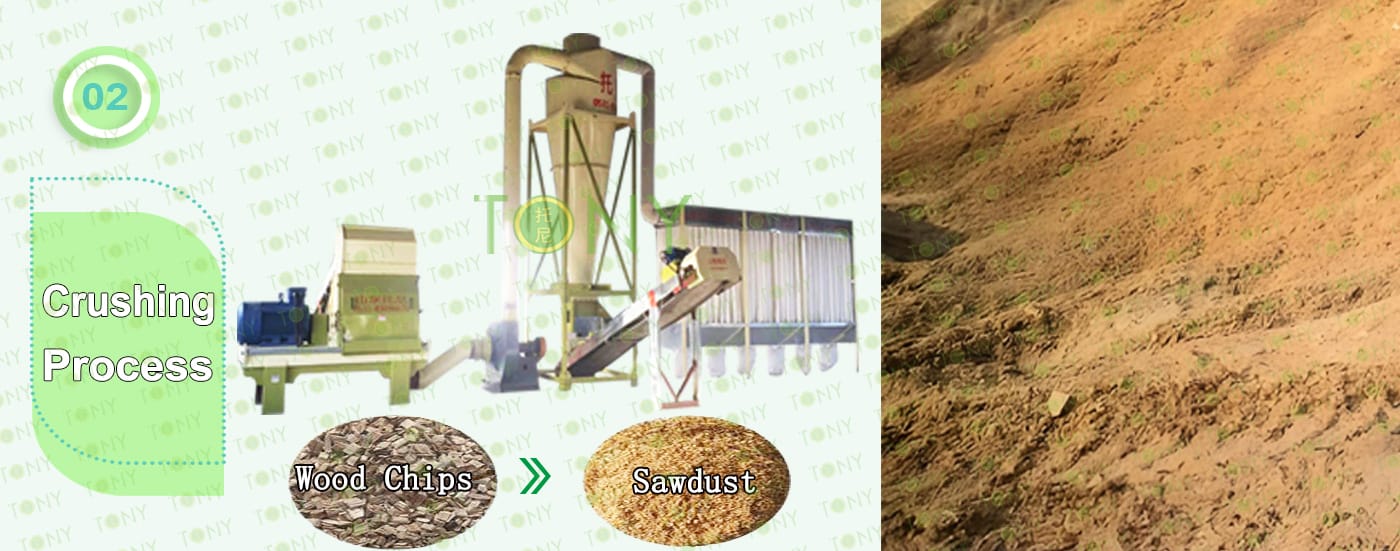
|
2.Wood Chips Fine Crushing Process: A.This process is mainly used to Crush 30-40mm Wood Chips Into 8-14mm Sawdust. B.Capacity:3-3.5Ton/Hour. C.TONY use high effective hammer mill TFD65-100KW-1Set for this process. Main Parts: 1).TONY High effective hammer mil. 2). 90Holes Galvanized Dust Collector. 3). Sawdust Transportation Fan Blower. 4). Cyclone With Airlock. 5).Electrical Cabinets. |

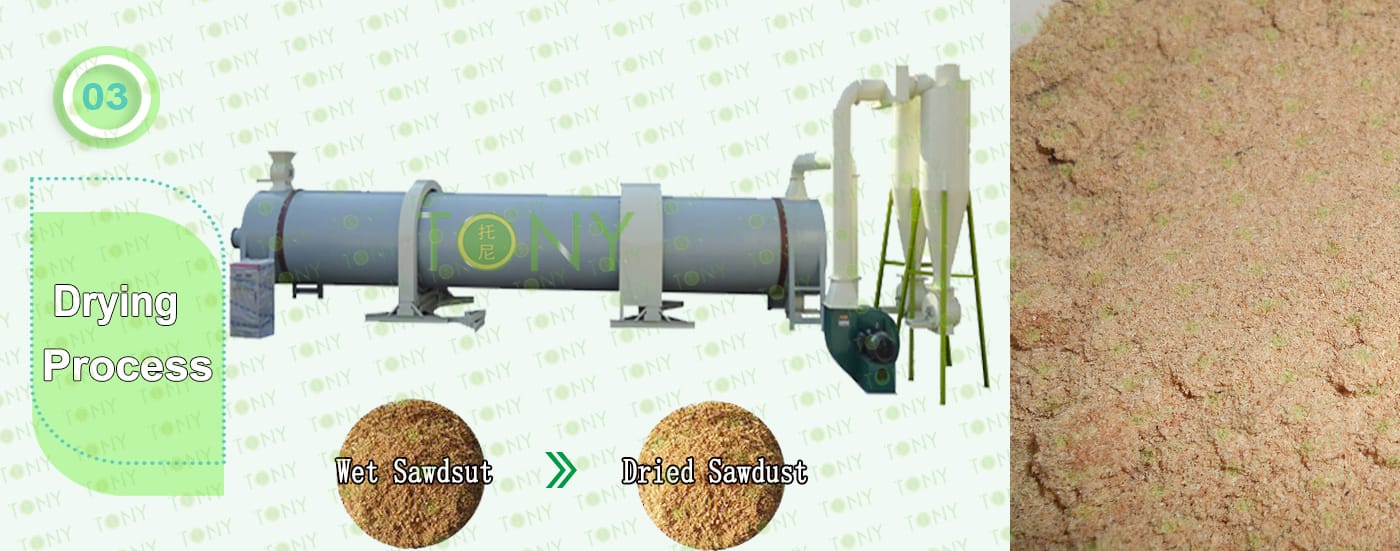
|
3.Sawdust Drying Process: A.This process is mainly used to dry the sawdust from 55% to 10-15%. B.Capacity:3-3.5Ton/Hour. C.TONY use 1sets of 2.2*12m single layer rotary drum dryer for this process,this customer use biomass waste wood as buring raw material with hot stove 4*2*2m.TONY hot blast stove is made of firebrick pan, shell with H steel plate as the frame. There are 3 layers of fire blocking device inside, which can effectively prevent the fire from entering the tumble dryer. TONY dryer use spiral tube material, which has higher heart rate and is not easy to deform. Unlike other manufacturers with iron plate splicing welding, very easy to deformation. Main Parts: 1).TONY's Rotary Drum Dryer Main Body.(Reducers With Motors and Pips.) 2). TONY's Wood Waste Hot Stove. 3). Fan Blower+Cyclone With Airlock. |

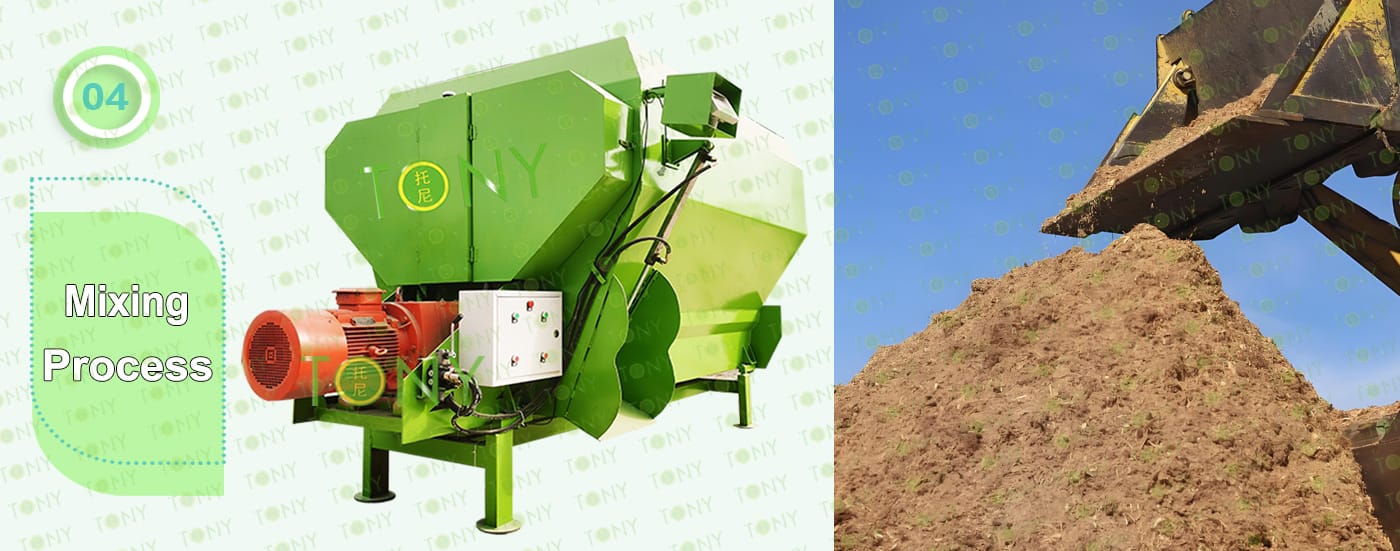
4.Mixing Process:
A.This process is mainly used to To mixing bamboo sawdust and customer's sawdust.
B.The customer chooses 1sets of TONY TMR Mixer with capacity 3-3.5Ton/Hour
Main Parts:
1).TONY's new TONY TMR Mixer.
2). Automatic weighing system
3). El. Cabinets

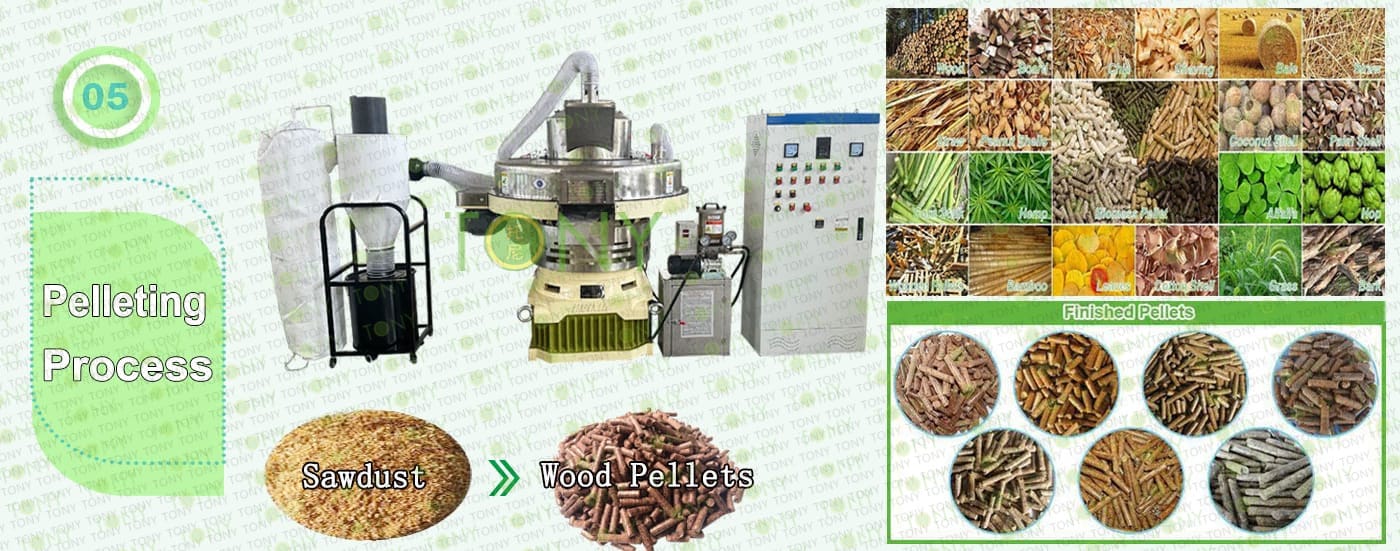
|
5.Pelleting Process: A.This process is mainly used to product pellets with φ6-8mm. B.Capacity:3-3.5Ton/Hour. C.The Customer chooses 1 set of TONY Brand Vertical Ring Die Pellet Machine TYJ760-III-200KW with Capacity 3-3.5Ton/Hour. Main Parts: 1).TONY's new wertical ring die pellet machine. 2).Cyclone and bags dust collectors. 3).Bearings automatic lubrication system. 4).Electrical Cabinets. You can choose TONY new type SS304 pellet machine or old type MS pellet machine. |

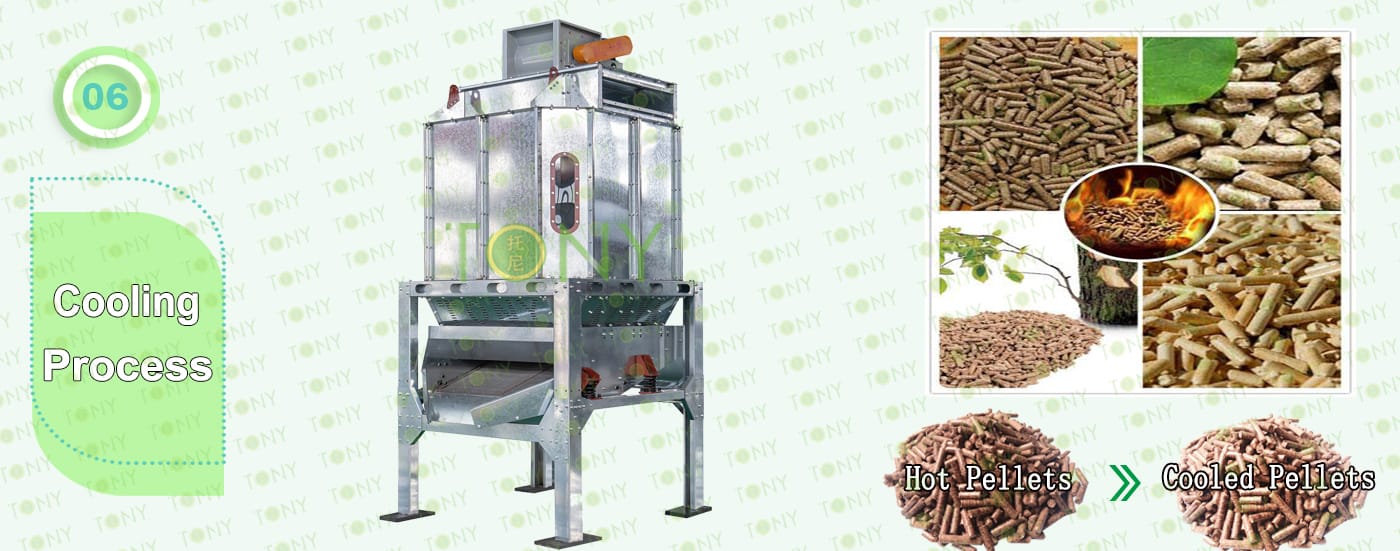
6.Cooling Process:
A.This process is mainly used to cool pellets into 80-90℃ to 20-30℃
B.The Customer Chose 1Sets Of TONY Galvanized Cooler Separator With Capacity 3-3.5Ton/Hour.
Main Parts:
1).TONY's new Galvanized Cooler Separator With Vibrating Screen.
2).Cyclone and bags dust collectors.
3).Fan Blower.
4).Connect Pipes.

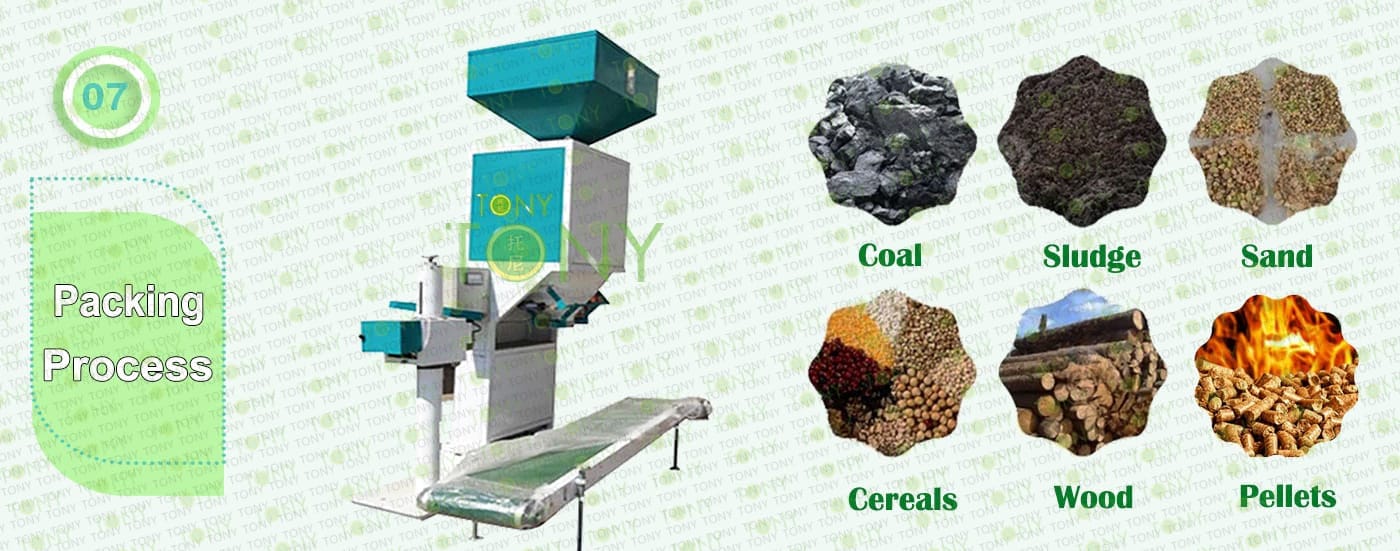
7.Packing Process:
A.This process is mainly used to pack pellets into 15-50KG/Bags.
B.The customer Chose 1Sets Of TONY Semi-Automatic Packing Machine With 3-3.5Ton/Hour.
Main Parts:
1).TONY's newTONY Semi-Automatic Packing Machine.
2). Sew Machine,Buyer Can Also Chose Hot Seal Machine For Chosen,To Confirm With TONY For The Price Difference.
3). Bags Transportation Conveyors.
4). Feeding Inlet Silo With 1㎥.
5) .Electrical Cabinets.

TONY Detailed Design 3D Layout With Detailed Size For 3-3.5Ton/Hour Bamboo Pellet Line According To Cusomer Factor Size
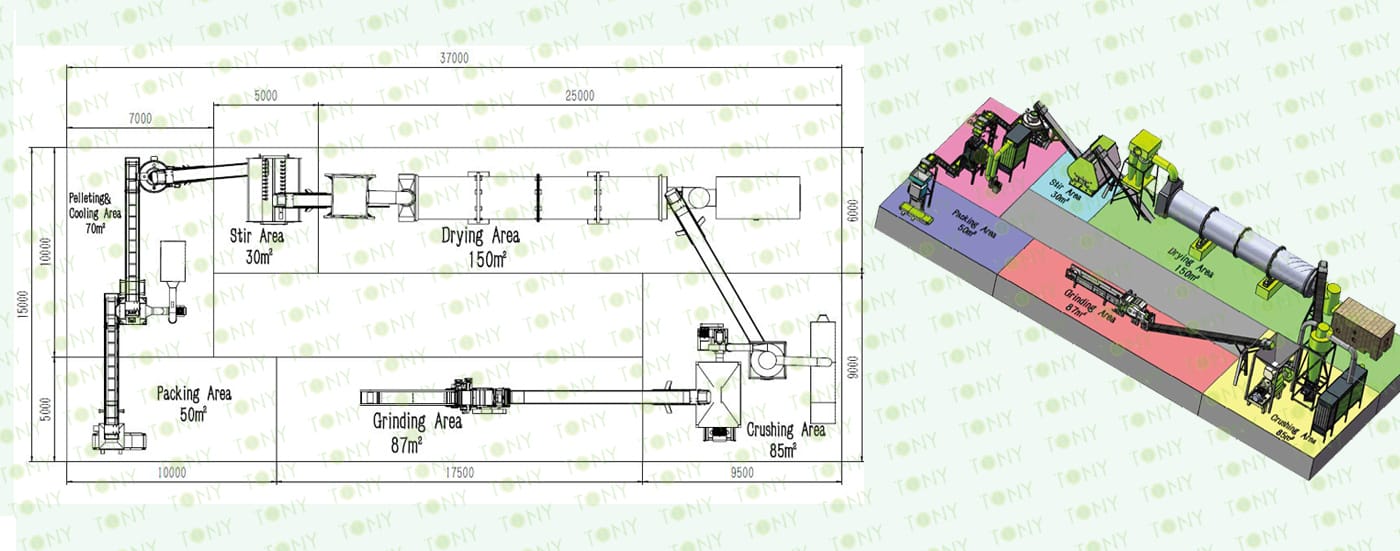

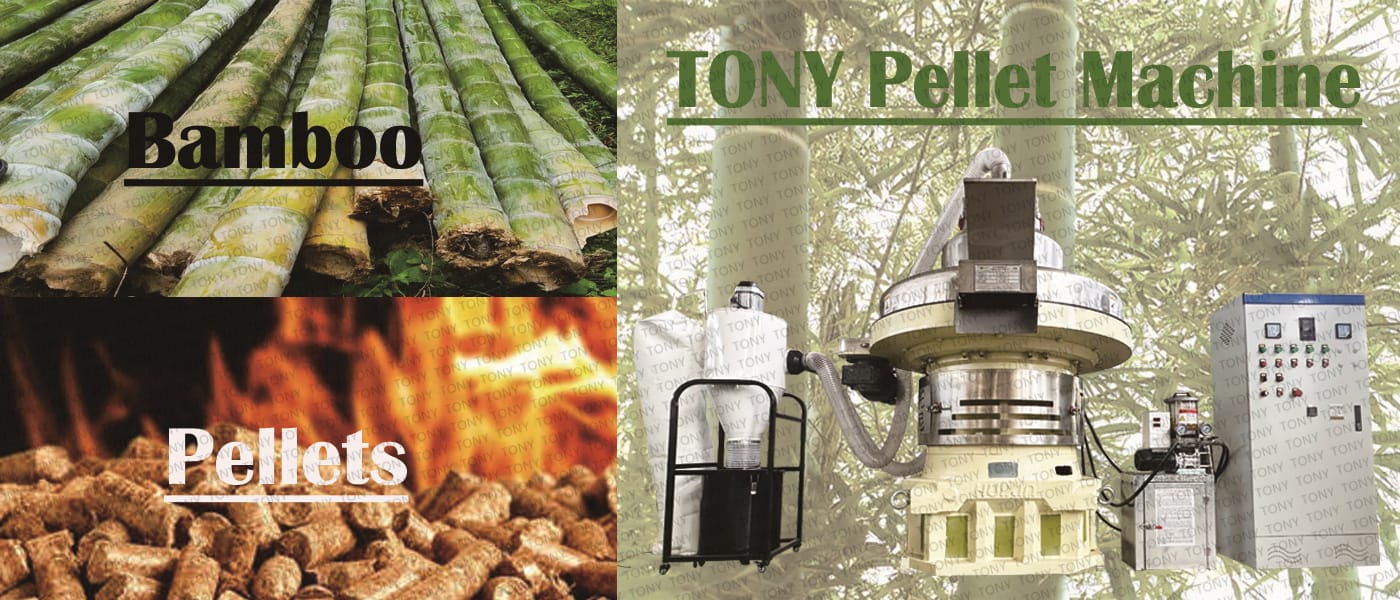
1. Bamboo pellet processing is a forward-looking industry. With the improvement of global environmental awareness, more and more industries are beginning to seek renewable and sustainable raw materials to replace traditional resources. Bamboo pellets have become the new favorite of many industries due to their high fiber content, good biodegradability and low environmental impact. From furniture manufacturing to building materials, to the field of biomass energy, bamboo pellets have broad application prospects.
2 First of all, bamboo has a short growth cycle, low planting technology requirements, and relatively low raw material costs. This means that you can get returns in a shorter period of tim. The benefits of starting a bamboo pellet processing business are numerous.e and have a greater advantage in cost control. Secondly, the bamboo pellet processing industry is not yet saturated, and the market competition is relatively small, which provides entrepreneurs with more opportunities and space.
3. Of course, professionalism is essential to succeed in this industry. You need to understand the growth habits, processing technology, and market demand and trends of bamboo. Only by learning and practicing, and constantly improving your professional skills and market acumen, can you stand out in the fiercely competitive market.
4. If you are a visionary entrepreneur, you may wish to consider the entrepreneurial opportunity of bamboo pellet processing. It can not only bring you lucrative profits, but also contribute to protecting the environment and promoting sustainable development. In this era full of opportunities and challenges, let us seize the opportunity to make money by processing bamboo into pellets and create a better future together!

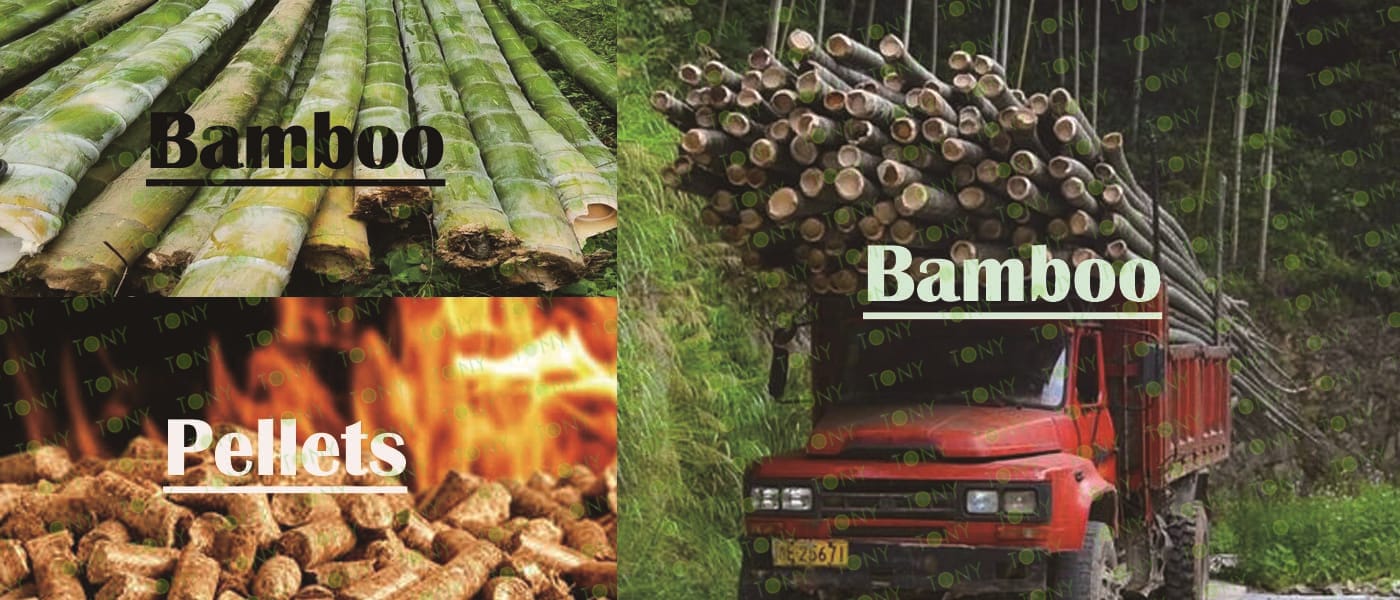
Advantages Of Bamboo As Biomass Pellet Fuel:
Bamboo is a fast-growing and vigorous plant that can be used to produce biomass pellet fuel. Compared with traditional fossil fuels, bamboo biomass pellet fuel has the following advantages:
1. Environmental Protection: bamboo biomass pellet fuel does not contain harmful substances such as sulfur and phosphorus, and the carbon dioxide emissions generated during combustion can be absorbed and utilized by bamboo itself.
2. Economic: Bamboo resources are abundant, relatively cheap, and can be produced on a large scale. Bamboo biomass pellet fuel can also replace some traditional energy sources such as coal and oil to reduce energy costs.
3. Sustainability: Bamboo grows fast and can regenerate in a short time, unlike fossil energy sources such as coal and oil that cannot be regenerated.
From an environmental perspective, bamboo biomass pellet fuel is clean and environmentally friendly, and can reduce air pollution and greenhouse gas emissions. From an economic perspective, large-scale production of bamboo biomass pellet fuel can bring economic benefits, but its production cost is also high. From a sustainability perspective, bamboo grows fast and can regenerate, which can improve the sustainability of alternative energy.

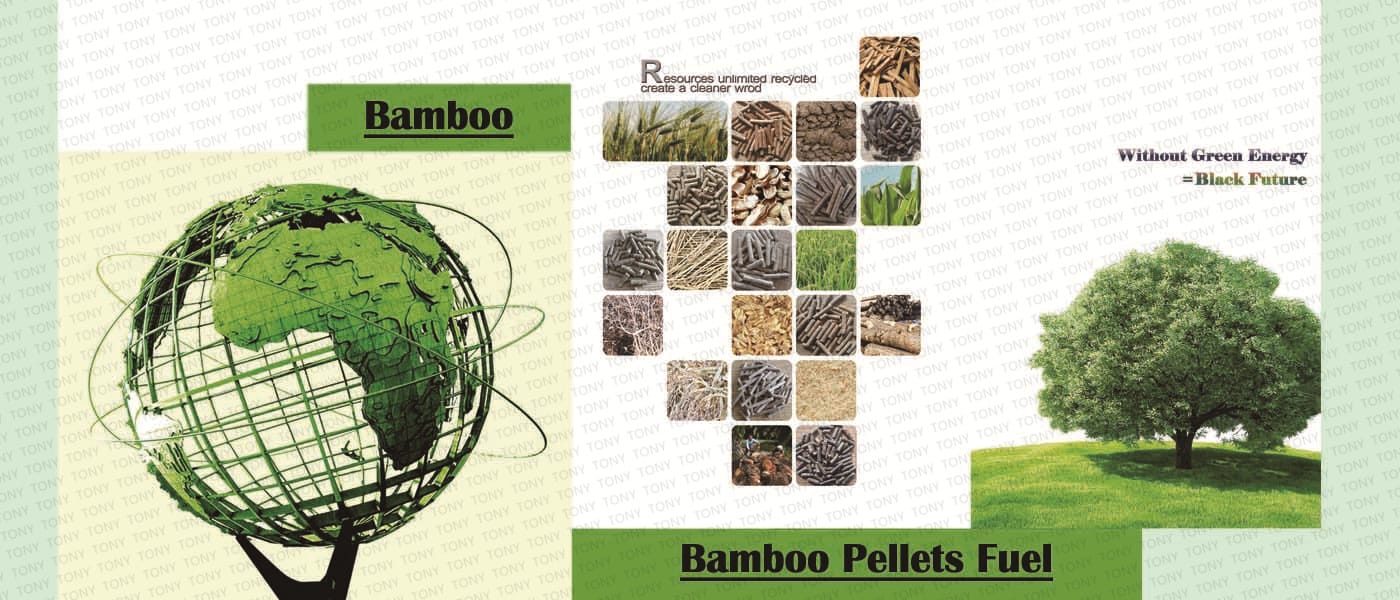
The market prospect of bamboo pellet fuel is broad, especially in the context of green environmental protection industry, the market potential has not been fully tapped.
1. Characteristics And Application Scope Of Bamboo Pellet Fuel
Bamboo pellet fuel is a renewable fuel made from bamboo through crushing, screening, drying, pressing and other processes. Its characteristics include high energy density, easy storage, easy processing, non-toxic and harmless, smokeless and odorless combustion process, etc. Bamboo pellet fuel has a wide range of applications, mainly including household heating, industrial heat supply, power machinery fuel, etc.
2. Current Situation Of Bamboo Pellet Fuel Market Demand
At present, bamboo pellet fuel has not been popularized in most parts of China. The main reasons are low market awareness, imbalance between supply and demand, and immature technology. However, with the country's policy advocacy and industrial support for green and environmentally friendly energy, the market demand for bamboo pellet fuel is gradually increasing. According to the data of Zhilian, the current market demand for bamboo pellet fuel has reached millions of tons, while the supply accounts for only about 2% of the national bamboo production, and the contradiction between market supply and demand is more prominent.
3. Analysis Of Bamboo Pellet Fuel Market Prospects
As a renewable fuel, bamboo pellet fuel has broad market prospects. First, bamboo pellet fuel is in line with the national policy orientation for environmentally friendly green energy, and the market demand prospects are broad. Secondly, bamboo pellet fuel is multifunctional and can be used for various purposes such as home heating, industrial heat supply, and power machinery fuel, and the market space is huge. Furthermore, the production and transportation costs of bamboo pellet fuel are relatively low, and it has a greater market price advantage. In addition, as the technology matures, the production efficiency and output continue to improve, the competitiveness of bamboo pellet fuel will continue to increase in the future.
In short, the market prospects for bamboo pellet fuel are broad, and its status will continue to improve with the development of China's economy and changes in the policy environment. At present, relevant industrial enterprises need to further strengthen technology research and development, improve product quality, and improve the market supply chain to ensure the market prospects and market share of production and sales.


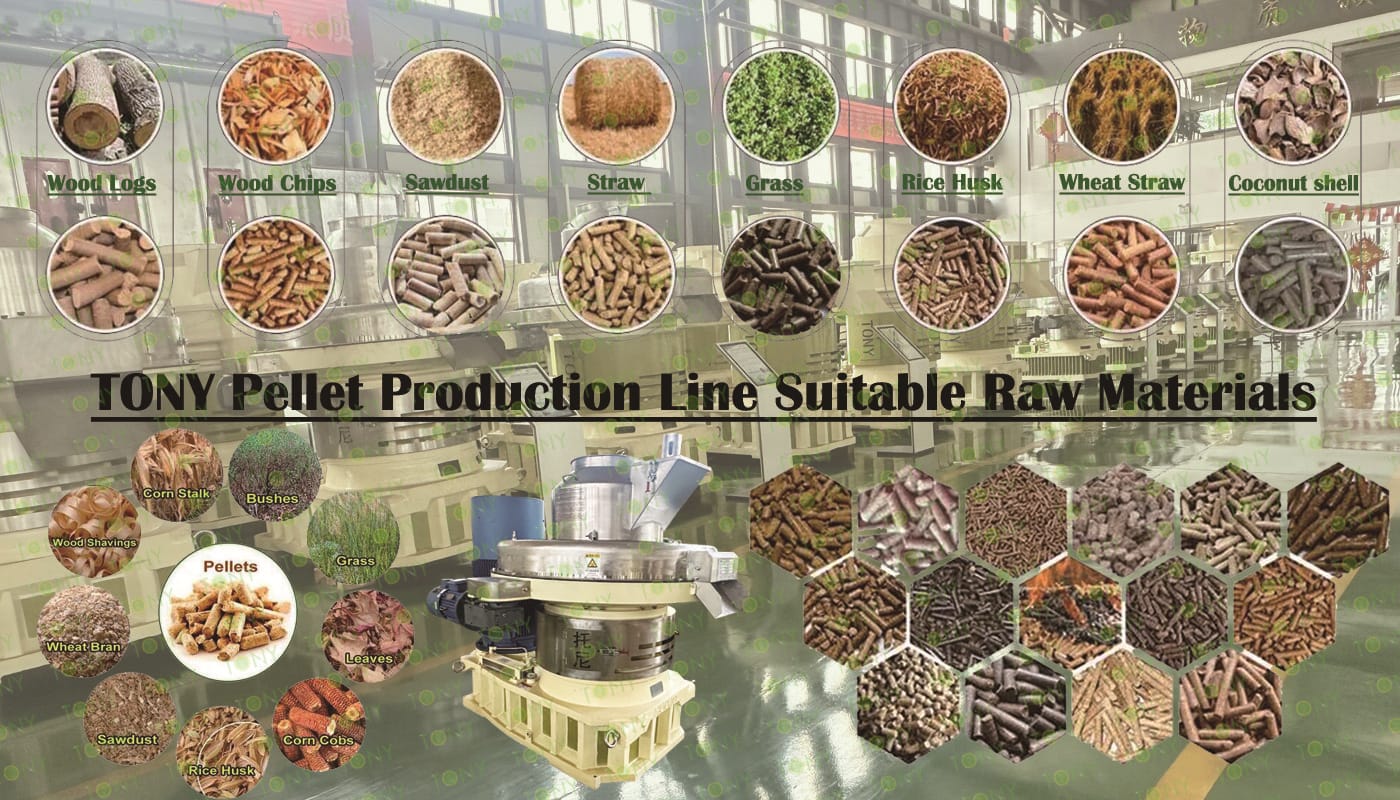

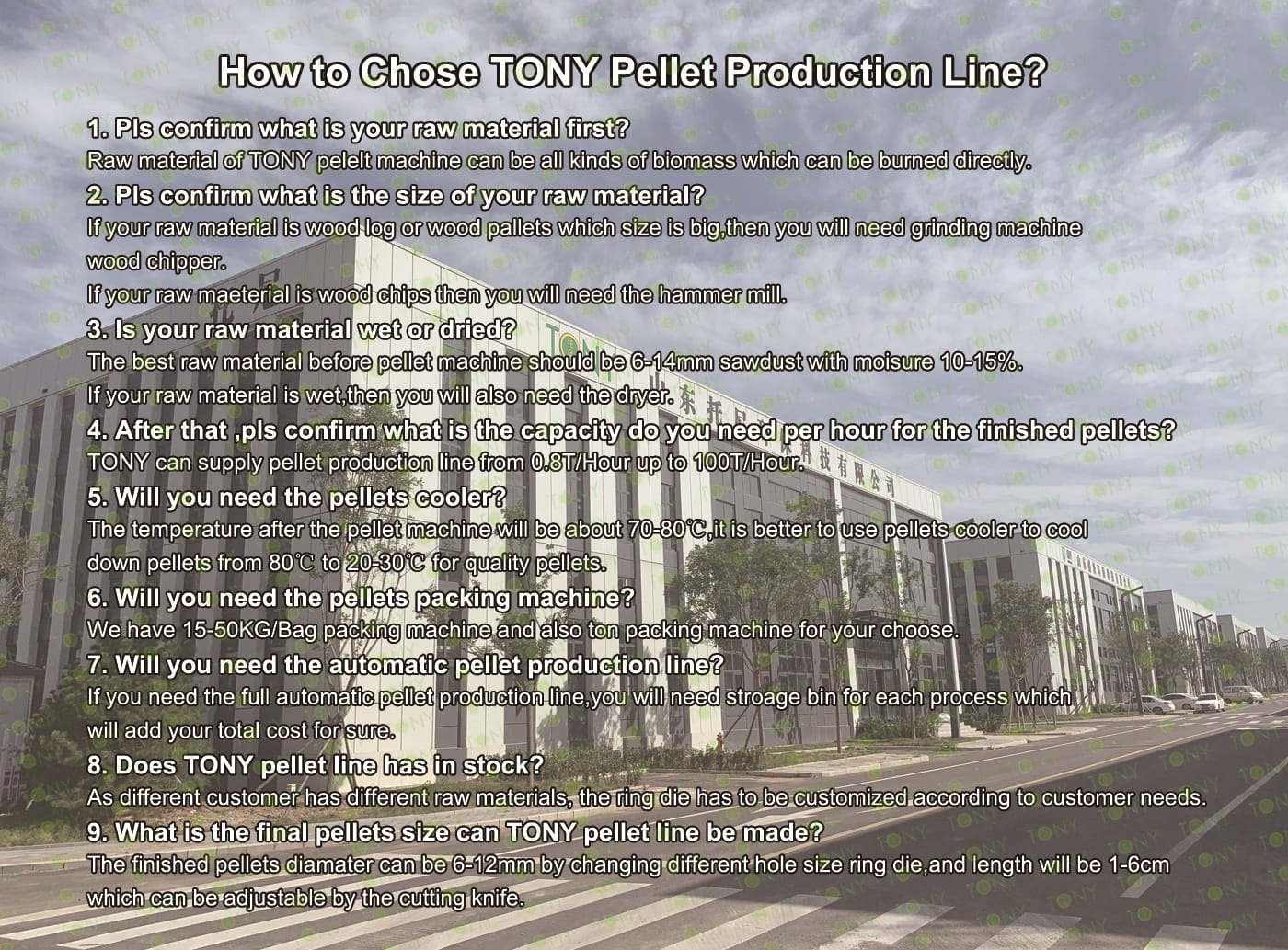
2025 Tony Machinery - All Rights Reserved. Map